The Bangui Windmills are located in Bangui, Ilocos Norte, Philippines. The windmills, officially referred to as the NorthWind Bangui Bay Project, were a project by the NorthWind Development Corporation as a practice renewable energy sources and to help reduce the greenhouse gases that cause global warming. The project is the first “Wind Farm” in the Philippines consisting of wind turbines on-shore facing the South China Sea and considered to be the biggest in Southeast Asia. The project sells electricity to the Ilocos Norte Electric Cooperative (INEC) and provides 40% of the power requirements of Ilocos Norte via Transco Laoag.

Cape Bojeador Lighthouse
Cape Bojeador Lighthouse, also known as Burgos Lighthouse, is a cultural heritage structure in Burgos, Ilocos Norte, that was established during the Spanish Colonial period in the Philippines.
Bantay Abot Cave
Bantay Abot Cave means “a mountain with a hole.” A hole was found at the middle of the mountain where the waves were free to flash into its walls just like an open shore until it was wrecked by an earthquake during the 80’s.
It is also called “the underground sea” for on top of the cave is a lustrous vegetative cover. Inside the cave is a church that once you are inside, you do not only hear the echoing sound of the waves, the chirping of the birds but you can also feel the cool breeze of the air.
Its shore has white sand mixed with fragments of shells and rocks that can be made as a décor. Parts of the shore are forms of rocks where you can sit and relax and enjoy a lucid view of the wide sea and verdant mountains.Bantay Abot Cave is located along the seacoast of Sitio Gaoa, Balaoi, Pagudpud, Ilocos Norte.
Timmangtang Rock
It stands majestically a few meters away from Bantay Abot Caves. It is located along the shore & partly by the sea. You cannot separate Bantay Abot Caves from the Timangtang Rock for they are believed to be lovers the former being the female & the later is the male. They are collectively turned a “Lovers Rock”.
Patapat Viaduct
Patapat Viaduct is an elevated concrete highway constructed along winding/rocky headlands near the northernmost roadway section in Ilocos Norte (could be considered second northernmost roadway section in Luzon) This viaduct was constructed to solve the problem of landslides in the area which have caused so many vehicular accidents in the past. Footed on the rocky seashore just several meters from the mountain side it gives motorists a spectacular view of Pasaleng Bay.
The Agua Grande River Park
The Agua Grande River (also known in Ilocano as dakkel a danum) is known for its eco-friendly and non carbon producing mini-hydro electric power plant.
This was commissioned in 1983 and has been providing a renewable and alternative power supply to the consumers of Pagudpud, Bangui, Dumalneg, Adams and Burgos. The Agua Grande and Mabogabog falls supply the water power to turn the turbines.
The Agua Grande River Park is a very attractive mix of waterfall, and stony creek falling to the sea, and gray sand and pebble beach. The park is situated about 1 kilometer after the Patapat viaduct. This is fed by waters that spill over from the Mogabog Falls.
Paraiso ni Anton
A few meters away from the Agua Grande River Park is Paraiso ni Anton which is said to have miraculous water. A lot of people stop over here to get a sip from this drinkable flowing water. Some others get water from here to put into their vehicles.
Ilocos Norte Capitol
The province of Ilocos Norte was established in the year 1818. Its capital and the only city of the province is Laoag. The Provincial Capitol, the seat of the Ilocos Norte provincial government is located right in front of the Aurora Park. The building was constructed using the Neo-Classical architecture.
Ilocos Norte was created by virtue of the Spanish Royal Decree on Februray 2, 1818. At that time, the province occupied the coastal plain bordering the China Sea and guarded by the Cordilleras in the northwestern corner of Luzon.
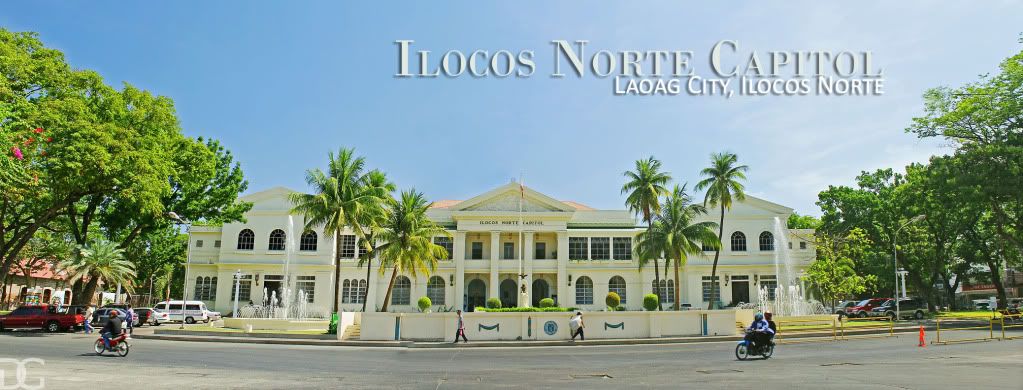
Fountain at Aurora Park
Tobacco Monopoly Monument
The Tobacco Monopoly Monument was a landmark constructed at the foot of the Marcos Bridge, over the Laoag River, which commemorates the lifting of tobacco monopoly in the Philippines in accordance to the royal decree of June 5, 1881 of King Alfonso XIII in 1881. It was built in gratitude for the said King whom without his order, will not end the agonies of the Ilocanos who are forced to plant tobacco. The tobacco monopoly was established in 1782 by Governor Jose Basco y Vargas by virtue of the royal decree of February 9, 1780. It aimed to bring in large profits for the government and make the Philippines the leading tobacco producer of the world. Although it was abolished during the incumbency of Governor Fernando Primo de Rivera in 1881, tobacco remains to be a major cash crop in the province.
St. William's Cathedral
St. William's Cathedral is a church in Laoag City, Ilocos Norte, Philippines. It was built in 1612 by Augustinian friars to replace a wooden chapel. It is known for its Italian Renaissance design and its Sinking Bell Tower, which sinks into the ground at a rate of an inch a year.
The church has an unusual two-storey façade, supported by two pairs of columns on each side of the arched entrance. The top of the façade holds a recessed niche that showcases the image of the city's patron saint, San Guillermo (Saint William). It has windows made from capiz with wrought iron screens.
Marcos Hall of Justice
Sinking Bell Tower
The sinking bell tower is one of Laoag City’s most famous landmarks in fact one of the top Ilocos Norte tourist attractions. The structure is claimed to be the most solid and tallest bell tower in the Philippines. This massive 45-meter (150 foot) bell tower was also built by the Augustinians in 1612.
The tower is sinking as it is so heavy and was built on sandy foundations which are too soft. They say that a person was once able to once ride on horseback into the tower and now a person has to stoop to get through the vaulted entrance. They also allow tourists to climb the stairs to the belfry
Sta. Monica Church
Sta. Monica Parish Church is a red-brick church built in neo-classical style. It was built in 1779 and was originally known as San Miguel church. Together with the church convent, which is connected to the church with an elevated 3-level brick stairway, forms part of the Sta. Monica Church Complex.
The parish church of Sta. Monica is renowned to be the largest church in the whole of Ilocos province. It is located at Brgy San Leandro (Poblacion) in Sarrat, Ilocos Norte and is 7 km east of Laoag City.
Immaculate Conception Church
In 1587, the Augustinians appointed Fr. Esteban Marin as the first prior of Batac. Another prior, Fr. Pedro de Vivar wrote the “Relacion” retelling Diego Silang's rise against the Spaniards in 1762. In 1620, however, original buildings were destroyed. Fr. Pedro Cariaga began reconstructing the church in 1690 and finished it in 1692.
The present church is the 1692 reconstruction. Its facade has been renovated recently, whitewashed, and plastered with the original palitada. The original features and authentic colors give the church a Romanesque look with an Italian influence exemplified by recessed portals, embellished wheel windows, and inverted moldings. Heavy twin pilasters complement the large rose window and the wide opening of the main portal.
St. Augustine Church
Paoay Church (also known as the St. Augustine Church in Paoay) is a historical church located in Paoay, Ilocos Norte. During the Philippine Revolution in 1898, its coral stone bell tower was used by the Katipuneros as an observation post. Paoay Church is part of the UNESCO World Heritage List. It currently is a property of the Diocese of Laoag, Ilocos Norte.
Construction of Paoay Church was started by the Augustinian friars in 1694. It was completed in 1894 led by Fr. Antonio Estavillo and was re-dedicated in 1894.
Nuestra Señora dela Claridad
The parish of Bantay, Ilocos Sur was established in 1591. The parish’s patron saint is St. Augustine of Hippo, the Doctor of Grace whose feast day is on May 05. The feast day of Nuestra Señora de la Caridad is celebrated on the second Sunday of January in commemoration of the canonical coronation of the image.
Bantay Bell Tower
Bantay Church Bell Tower was built during the Spanish period (1530s). The architectural design is influenced by the Europeans although it was built under the Spanish regime by the local people. You know that you are in Bantay when you see to your right will be the bell tower - a three-century old bell tower- standing tall on top of a hill!
Bantay Cemetery
Ilocos Sur Capitol
St. Paul Metropolitan Cathedral
Vigan Cathedral (also known as St. Paul Metropolitan Cathedral) is an earthquake Baroque-styled church built in 1574 commissioned by Spaniard Juan de Salcedo located in the Ilocos region.
Calle Crisologo
A half-kilometer stretch of cobblestoned street lined with fine examples of 18th century Filipino-Spanish architecture
Calle Crisologo is virtual tourist playground. Among the buildings along the street are hotels, pension houses, souvenir shops, and restaurants. Many of the houses have those typical wooden benches in front where anyone can sit. And in the evening, dining establishments set up tables on the street so people can eat their dinner al fresco. Kalesas, or horse-drawn carriages, are the only vehicles allowed on the street.
![[D][G]studios](https://blogger.googleusercontent.com/img/b/R29vZ2xl/AVvXsEiQ86itCO7wfL6OlpG1usLrv-pnbF0TJ-DBp6VqbrVdzktkBEVVJxJo4n4aLQf5ABiNhuxuCWUgSkHNb_5HhMLOTfBLmeHfSDchUy4N4XG4HiHDZh9gxwoRNXSzJNDfgfaV0GjxxLlrhilC/s1600/DG-blog.jpg)
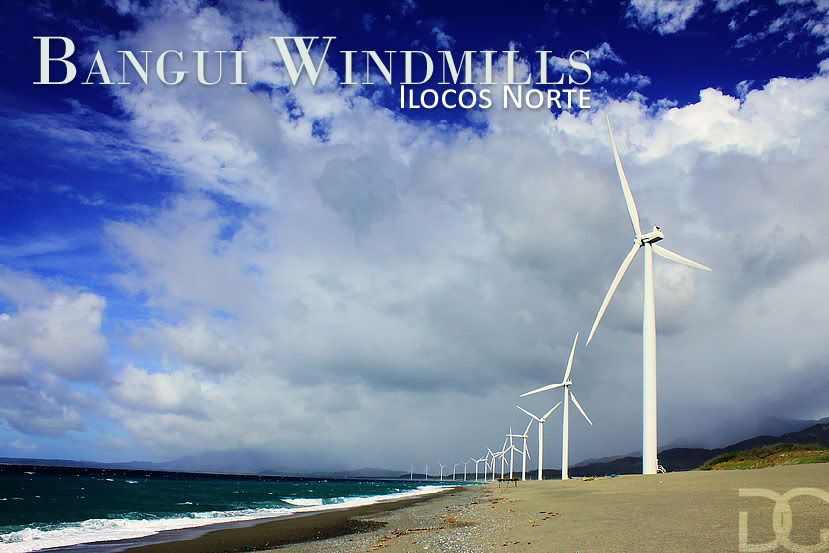
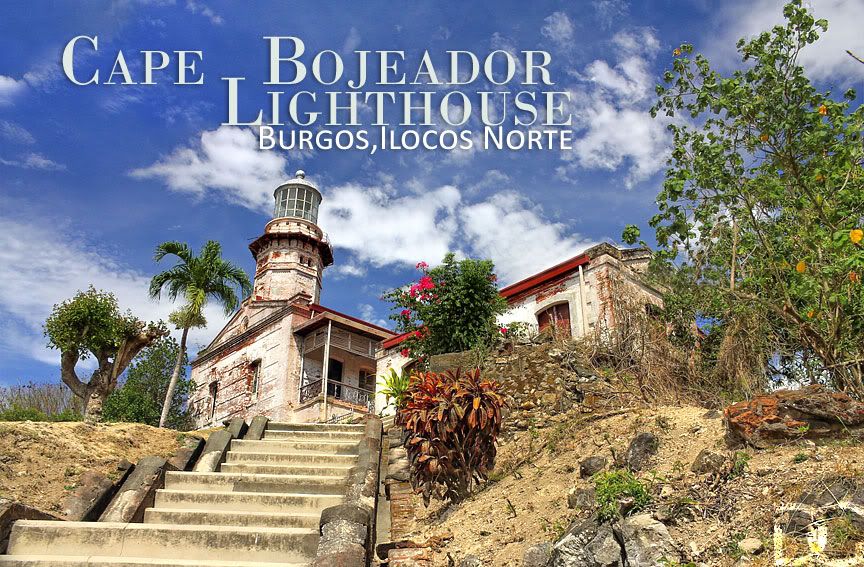

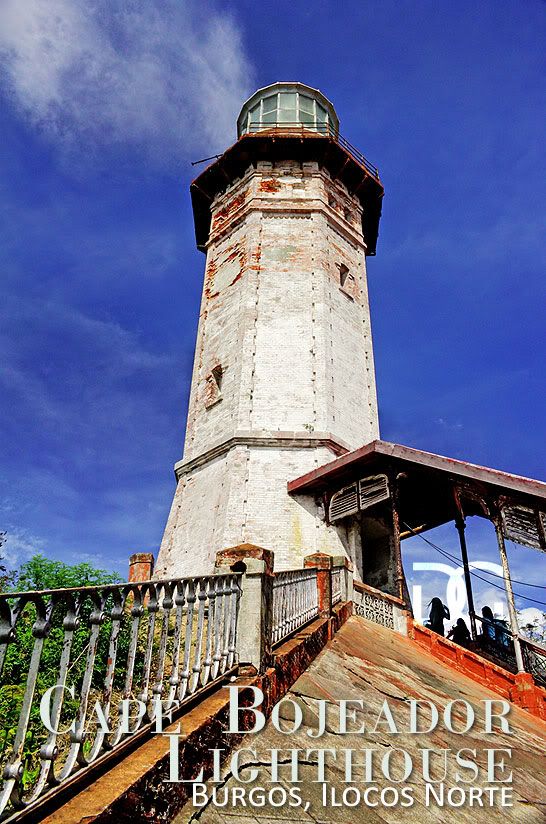
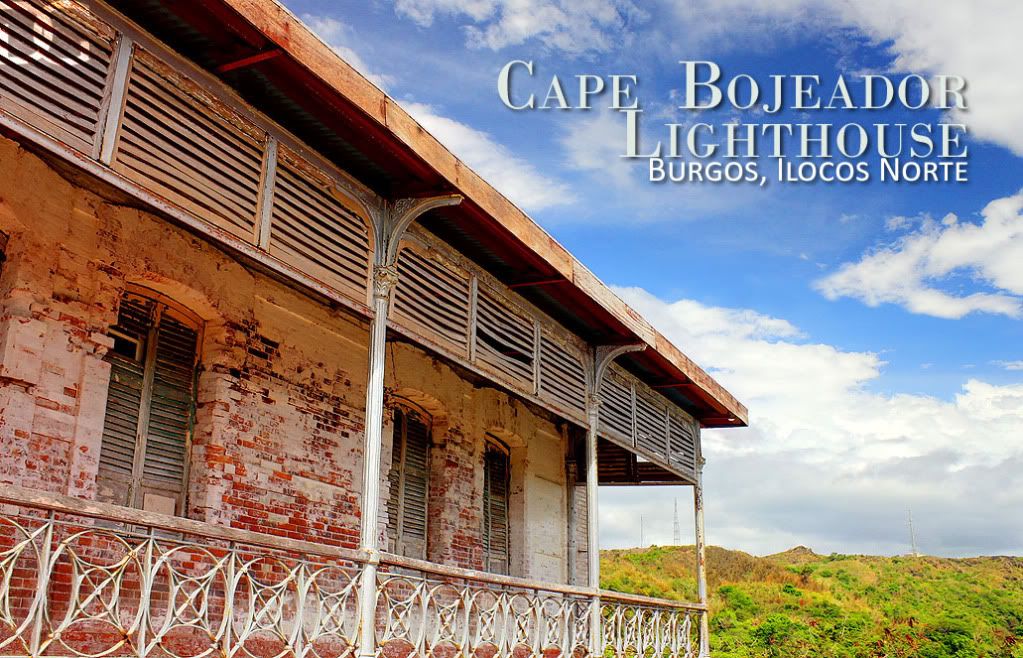
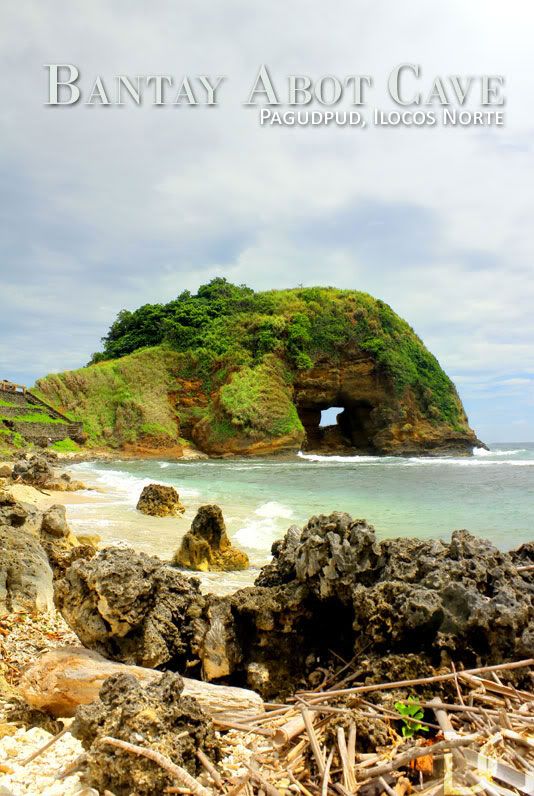

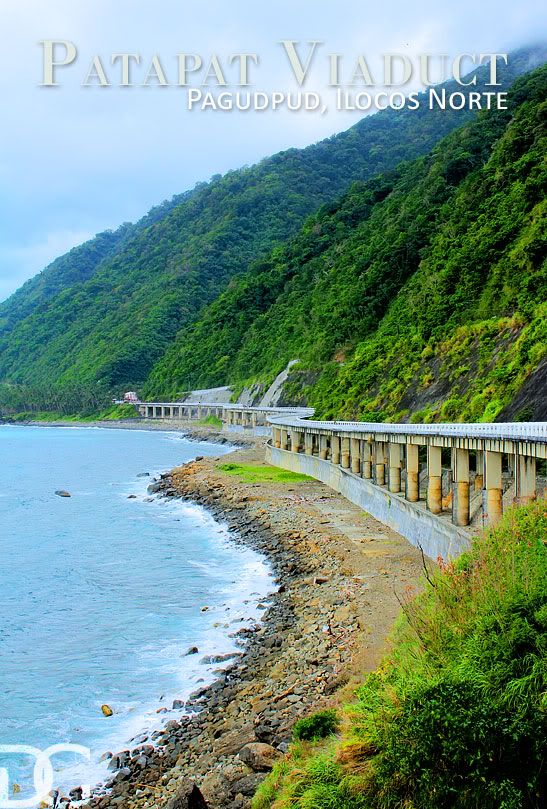
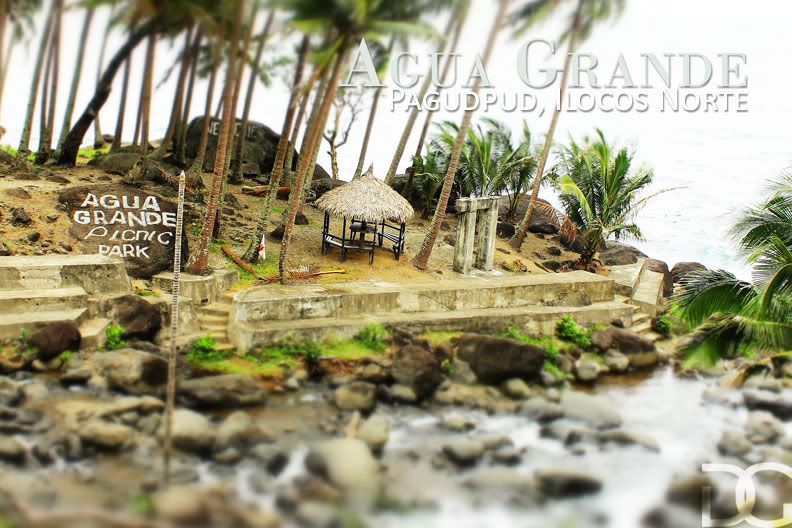

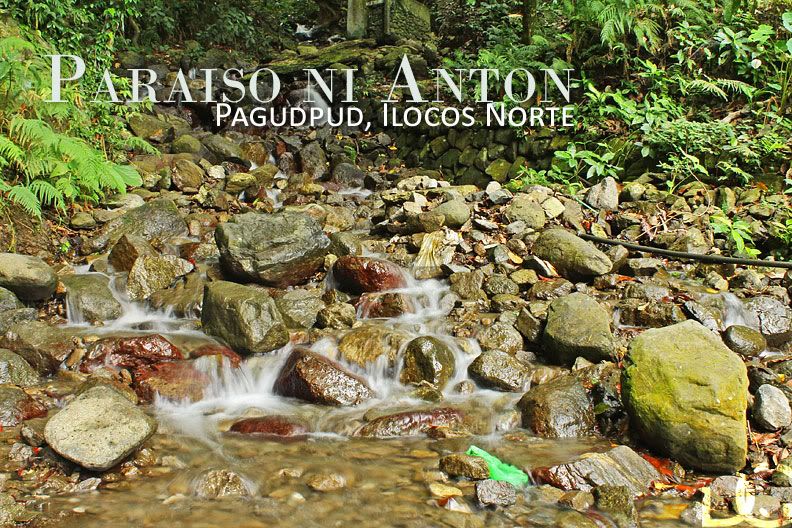
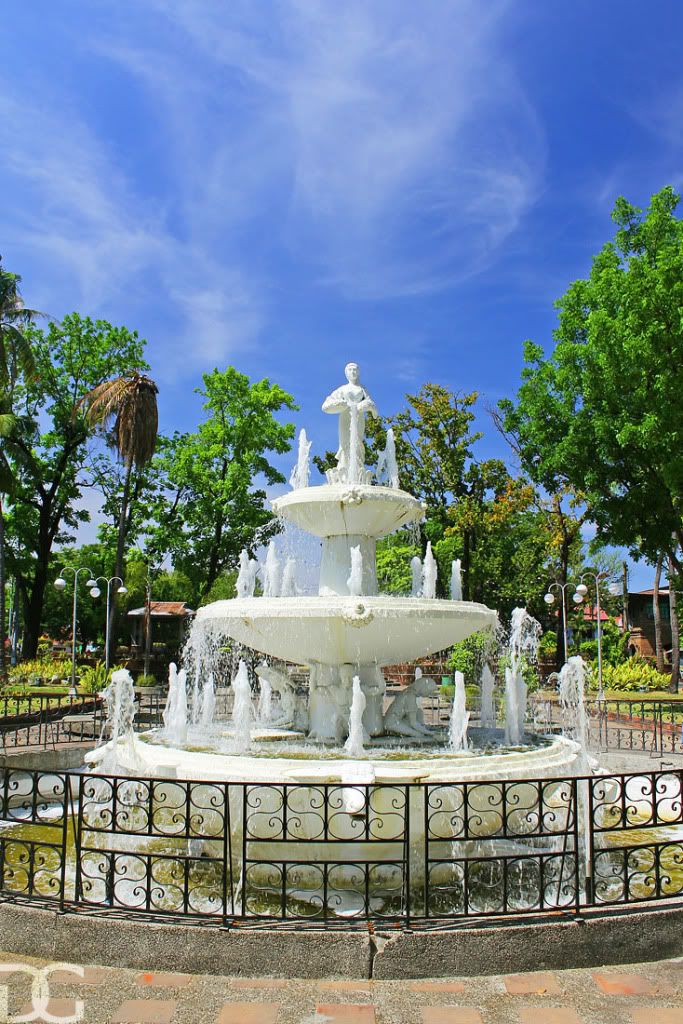


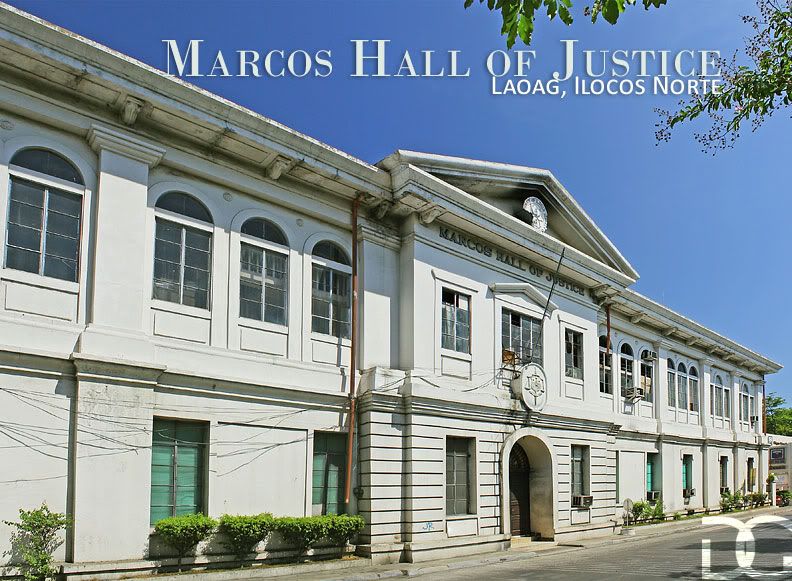
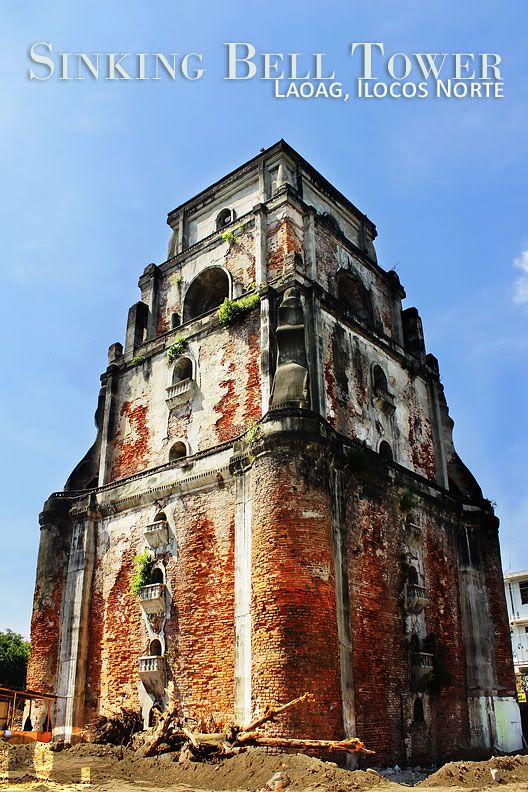
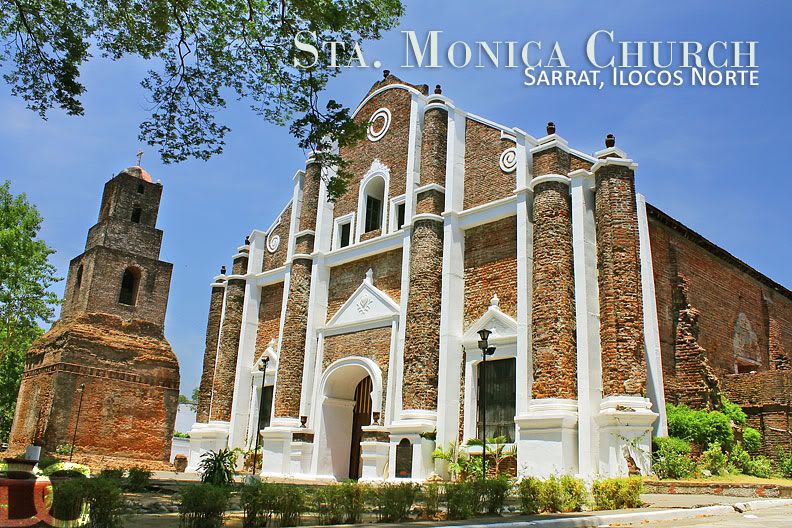
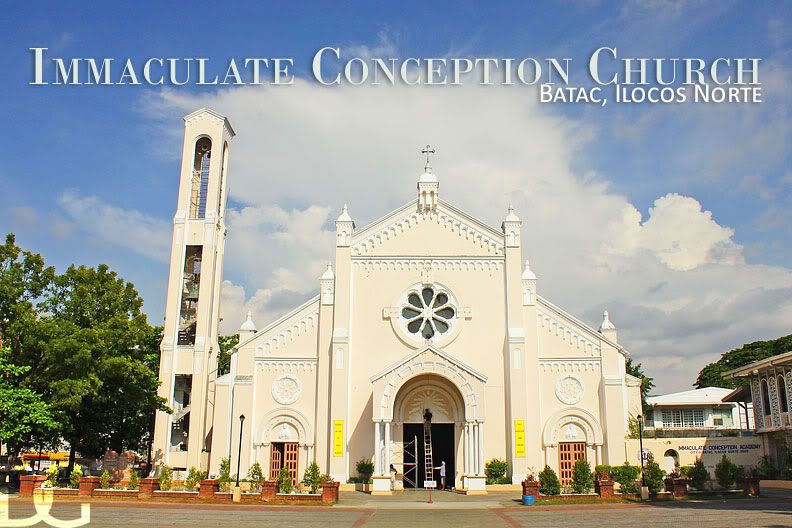

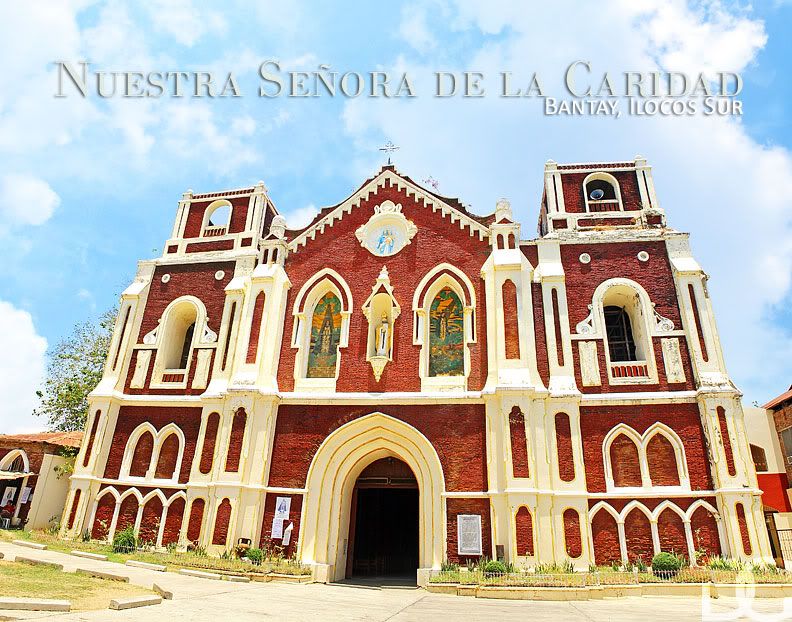
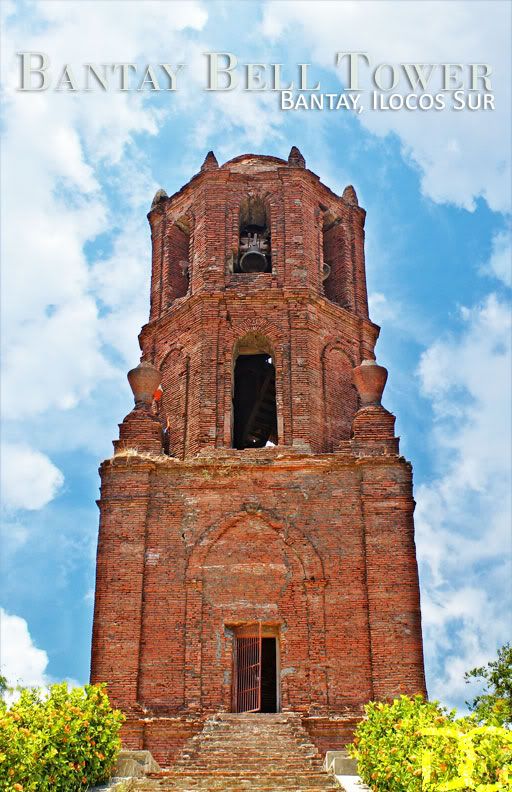
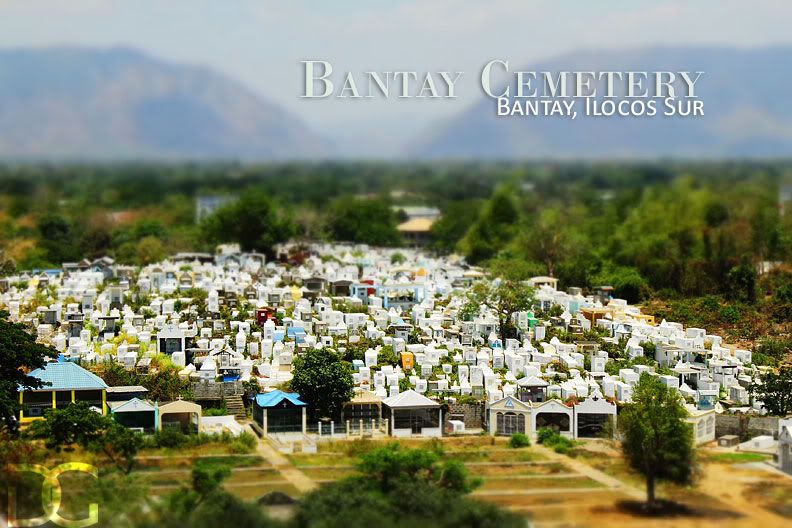


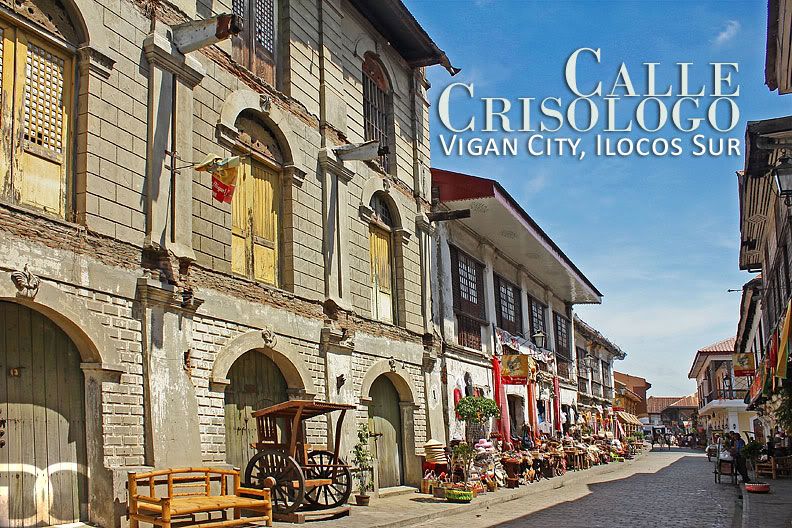
2 comments:
,,,ang ganda nman tlga ng ilocos gs2 qh pumunta dyan eh......for my pleasure or incentive travel for me...
Yes sir sulit talaga bakasyon sa Ilocos,marami pa nga kami hindi napuntahan.
Post a Comment